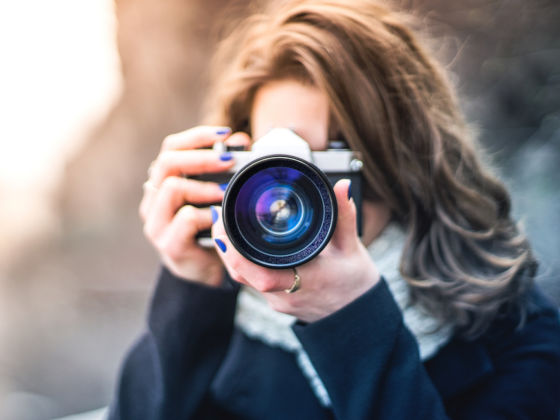It’s all too easy to say I’m not interested in the technical aspects of my craft. I like to take photographs more than I like to do math.
Yet, I still know that 1/250 f8 equals both 1/2000 f2.8 and 1/30 f22. All three are identical exposures. I also use the following 5 formulas every time I pick up my camera.
